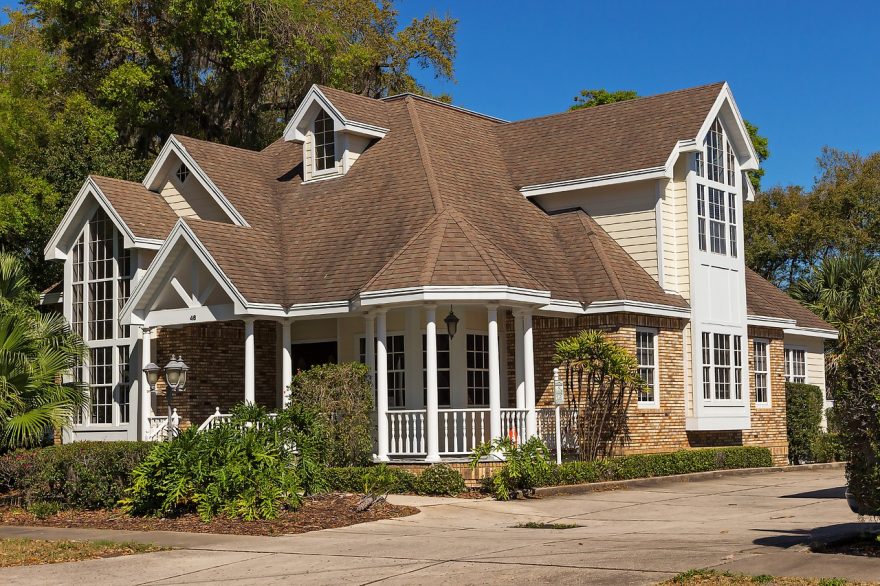I’ve gotten a number of questions about Capital Gains and Real Estate recently, so I thought it was time for a post. While many home sellers do not have to pay any tax on the sale of their home, for others, capital gains taxes can be significant, even hundreds of thousands of dollars. Here are five ways to reduce capital gains when you sell real estate.
1) Primary Residence
If the property was your primary residence for at least two of the past five years, you can exclude $250,000 in capital gains (single), or $500,000 (married). This is the most common way to avoid capital gains on selling your home.
If you have a vacation property which has appreciated significantly, you can qualify for this exemption, by making the property your primary residence for two years. To qualify as your primary residence,the IRS expects that you spend more than 50% of your time (six months) at that residence, and they may look at records such as your drivers license, tax returns, and financial accounts, to verify that you are using that property as “home”.
2) Document Increases to Your Cost Basis
Cost Basis includes what you paid for the property, plus any improvements you make. Routine maintenance and repairs are not adjustments to Cost Basis. Examples of an improvement include: an addition to your home, replacing an entire roof, installing central air, adding a paved driveway, or re-wiring an entire home. Additionally, settlement costs and mortgage points can also be adjustments to cost basis.
As with most IRS rules, the key is to document all of your improvements and to have a full paper trail of receipts proving your work and costs.See IRS Publication 551, Cost Basis, for details.
3) Installment Sale
When you sell a property outright, a capital gains event has occurred that will apply to that one year. However, when a seller holds the mortgage and receives payment over more than one year, the sale may be considered an installment. In an installment sale, each mortgage payment will be considered part interest, capital gain, and principal at the time it is received.
Spreading the payments over a period of years could keep you in a lower tax bracket. While most tax payers pay 15% on long-term capital gains, a large capital gain could bump you into the top tax bracket, where you will pay 20%. Additionally, Investment Income over a $250,000 threshold is also subject to a 3.8% Medicare surtax. With an installment sale, you could defer taxes while paying a 15% rate, versus potentially paying 23.8% on a large gain in an immediate sale.
4) 1031 Exchange
If you were planning to invest in another real estate property, a 1031 exchange would allow you defer capital gains by rolling your cost basis into a second property. You must identify the replacement property within 45 days and complete the transaction within 180 days.
The proceeds from the sale must be held by a Qualified Intermediary. To defer the gains, all the proceeds would need to be invested into the new property.
5) Step-up in Cost Basis
At death, assets receive a “step-up” in cost basis to their current market value. In Texas, as a Community Property state, a surviving spouse receives a full step-up in basis on jointly owned property.
If the cost basis is stepped up to the current market value, and the property is sold for that amount, there would be no taxable gain. In some cases, for older owners, it may be beneficial to hold on to a property until after one spouse has passed away.
While we can use these strategies, and others, to reduce capital gains, sometimes it may be preferable to just pay the tax bill and move on. While no one likes to pay a large tax bill, having a significant gain is what we call a “high quality problem”. We can help you weigh all your options, and where appropriate, use every available legal recourse to save you money on capital gains taxes when you sell a property.







